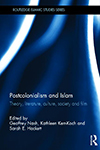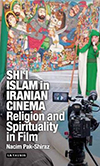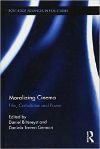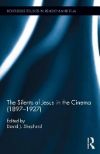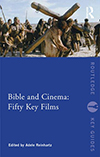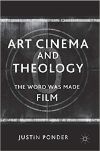- Author(s): Gregory Kahlil Kareem Alleen
- When: 2008-06
- Where: University of Pittsburgh
Marking the invention of cinema as a point of entry and consequent filmic narratives about Jesus as aesthetic documents, this study will demonstrate how movie-going, due to its similarity to the devotional exercise of "worship" and the motion picture's continual co-option for perceived religious purposes as readily indicated by the recent reception of The Passion of the Christ, complicates what otherwise might be the obvious distinction between the sacred and the profane. Examining the way in which the spectator is prompted by certain traditions of cinematic language and interpretation, this dissertation demonstrates how the representation of the Jesus in cinema must by definition always insinuate the sacrosanct, even if the symbol or image is presented in a context perceived to be secular. In this way, the Jesus film works as a hybrid text that through its study makes possible new ways of understanding both space and power. As a medium commonly engaged in public, cinema that represents Jesus is difficult to distinguish as exclusively sacred or profane, as these texts inevitably borrow from the tradition of both spaces. This study also investigates how the claims of directors of Jesus films inform the perceptions of both audiences and critics, and how the use of certain key terms situate a language of exchange between artist-commodity and consumer that only suggests more thoroughly what Bazin described as the inescapable historical combination of circumstances that institutionally and ideologically frame the auteur. Through careful film analysis, this study argues that throughout the twentieth-century the cinematic choices that filmmakers have made seem to be limited not by artistic sensibilities, but by the politics of the image itself, especially in terms of casting. Spanning from Sidney Olcott's From the Manger to the Cross (1912) to more recent works like The Passion of the Christ (2004), this study challenges certain so-called auteur filmmakers like Martin Scorsese's own claims regarding the difference of The Last Temptation of Christ (1988) from other films about Jesus, while carefully examining many other films in an attempt to determine how democratically Jesus can be represented in mainstream cinema.

